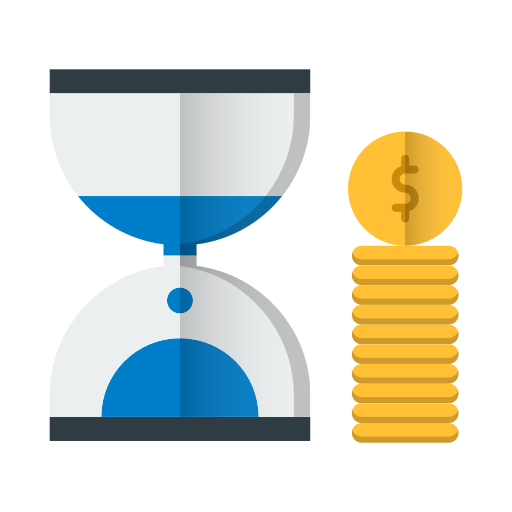Do you know the difference between APR (annual percentage rate) and interest rates?
If you answered “no” then don’t panic, most people don’t either. Interest rates and APR are expressed as a percentage of money that you want to borrow. While they are similar concepts, they differ in terms of calculation.
Whether you want to take a mortgage, credit card, or personal loan, whatever the reasons for your borrowing, you will have to pay APR and interest rates. The truth is, interest rates and APR are annoying. But, understanding them is necessary. Borrowing money is a huge financial decision regardless of how much you want to borrow. You can easily end up paying a much higher interest than you need to.
So, here is everything that you need to know about interest rates, APR, and the difference between the two.
What Is An Interest Rate?
Interest rates are what the lender charges for the loan. In other words, it is the amount you have to pay for borrowing the money. Alternatively, interest rates can be the reward you get for saving money.
Interest rates are always expressed as a percentage. The amount you will have to repay will be more than the amount you borrowed. This is so that the lenders can compensate for not being able to use the money for the time of the loan.
How Does It Work?
Let’s say that you want to take out a mortgage for the amount of $400,000. The loan agreement is that you have to pay a 12% interest rate. That means that you will have to pay back the original loan amount ($400,000) plus the interest rate.
$400,000 + (12% x $400,000) = $400,000 + $48,000 = $448,000.
By the end of your borrowing period, you will have to pay back $448,000.
There are many factors that determine how much interest you will pay. The lender will either see you as a high or low-risk client. The more low risk you are, the less interest you will have to pay.
If you have a poor credit history, you will most likely end up paying a much higher interest rate. So, it is worth correcting your credit report before taking out a loan.
What is APR?
APR is how much you pay for each year of the life of the loan. For example, if you have taken out a loan over 10 years, you will pay an APR percentage each year for those 10 years. Unlike interest rates, APR gives you a broader insight into the cost of borrowing. APR includes points, costs, interest rates, mortgage insurance, and broker fees.
Your lending provider will determine how much APR you will pay because it includes their fees. However, lenders are obligated to state the APR amount in any loan agreement it provides you. This is so that they are in line with The Truth in Lending Act (TILA).
Although lenders must abide by TILA, they do not have to disclose all fees, such as credit reporting. Ask your lending provider about all the costs so you aren’t surprised should one pop up.
One thing to keep in mind is that APR differs with each loan type. For example, APR for mortgages would not be the same as an APR for a personal loan.
The lower the APR the less expensive it will be for you.
Fixed and Variable
Both interest rates and APR come with fixed or variable rates. Fixed rates mean the amount of interest you pay will stay the same for the entire time of the loan.
Variable APR or interest means the opposite of fixed, the lender can increase or decrease the amount at any time. Your credit history and income will play a huge role when it comes to both APR and interest rates. To get the best deal, fix any errors you may have on your credit report and show evidence of a long period of steady income. By doing this, you can save hundreds if not thousands on any loan you borrow.
If you are considering a personal loan for high ticket items, Consider looking into stores that have partnered with Point of Sale consumer financing providers like ChargeAfter.com. The benefit of this is that ChargeAfter offers customers 0% APR when approved for an instant loan, which not only helps eliminate financial strain when purchasing but also doesn’t put you out of pocket when paying back the loan.
The Bottom Line
Understanding the difference between APR and interest rates helps you to make better financial decisions. More importantly, it can help you determine your affordability and save you a ton of money. Take your time, do your research, speak to various lenders, and go in knowing everything you possibly can. Listen, lenders don’t want to lose you as their client so, if you are well informed you are in a much stronger position to get a better deal!

